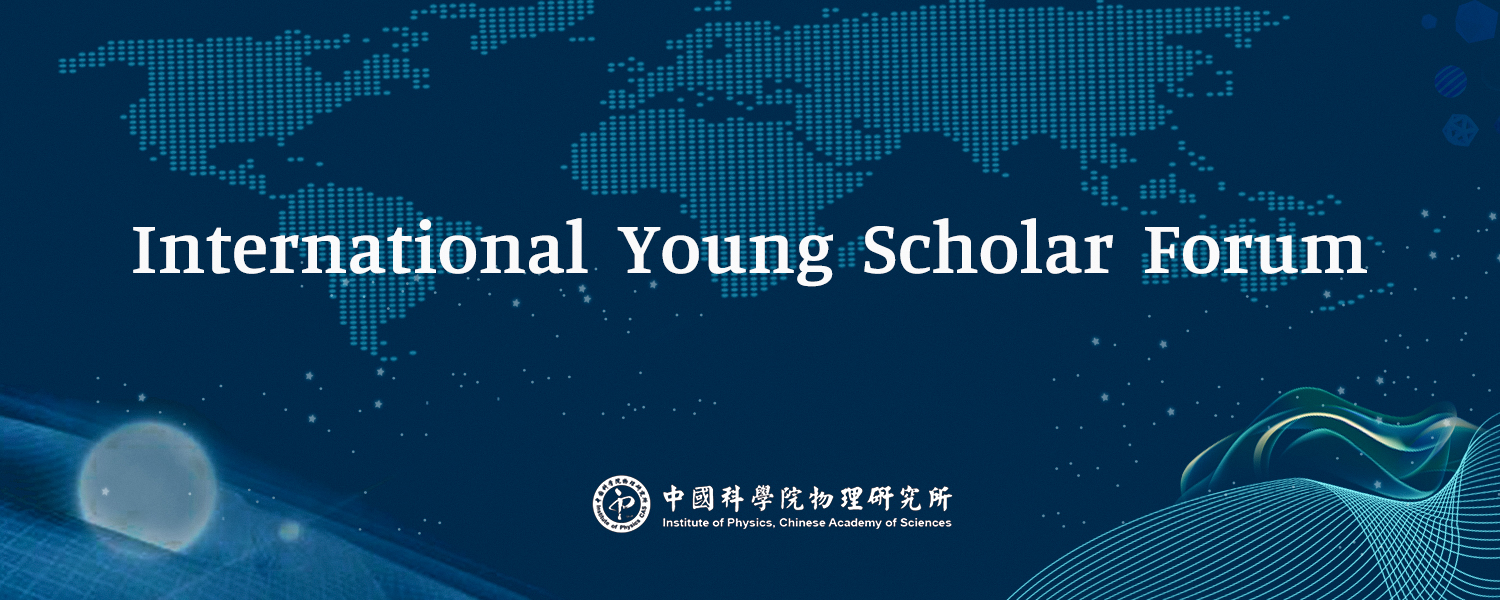Time: 16:00 pm, October 15th, 2020
Speaker: Dr. Xiangzhi Meng, University of Münster
Abstract:
On-surface reaction has appeared as a promising bottom-up strategy to create new organic materials. Up to now, a large number of classic chemical reactions have been successfully realised on metal surfaces through multiple mechanisms.[1-3] Through these reactions, well-designed building blocks were connected by different types of bonds, leading to the achievement of diverse 1D- and 2D- polymers and materials. As examples, metathesis reaction [4, 5], azo-bond formation, and dehydrogenation of thiol groups [6] on metal surfaces will be shown. The metathesis reaction occurs between trimethylsilyl-protected alkynes and carboxylic acids, which together with Glaser coupling [7] could offer a potential method to obtain single-layer graphdiyne. As a typical model of N-N coupling, the formation of azo bonds was achieved via nitro-amino redox reaction, and was further used to prepare 1D azo polymers. Tunable 2D thiolate coordination networks composed by benzenehexathiol (BHT) will also be shown in this presentation. The construction of the coordination networks could be well controlled by adjusting the substrate temperature during deposition. The substrate-dependence was widely observed for plenties of on-surface syntheses. By selecting proper substrates and well-designed molecular precursors, the attempts to achieve 2D organic materials with functional properties would be made in the future.
[1] Chem. Rev. 2019, 119, 4717-4776.
[2] Chem. Eur. J. 2017, 23, 5874-5892.
[3] Nano Today 2017, 13, 77-96.
[4] J. Am. Chem. Soc. 2017, 139, 7012-7019.
[5] J. Phys. Chem. C 2018, 122, 6230-6235.
[6] ChemNanoMat 2020, 6,1-7
[7] Nat. Commun. 2012, 3, 1286
Brief CV of Dr. Xiangzhi Meng:
Xiangzhi Meng, born in 1988. He studied Applied Physics at Beijing Institute of Technology since 2007 and got Bachelor Degree in 2011. Afterwards, he went to Peking University and studied condensed matter physics in the group of Prof. Ying Jiang as a PhD candidate. In 2016, he obtained the doctor degree of natural science. He joined the researching group of Prof. Harald Fuchs and worked till now at University of Münster as a postdoc. During this time, he was awarded Humboldt Fellowship from 01.2018 to 12.2019. My research interests are surface physics and chemistry.
Click to view the recorded report video►http://as.iphy.ac.cn/video_detail.php?id=27734
